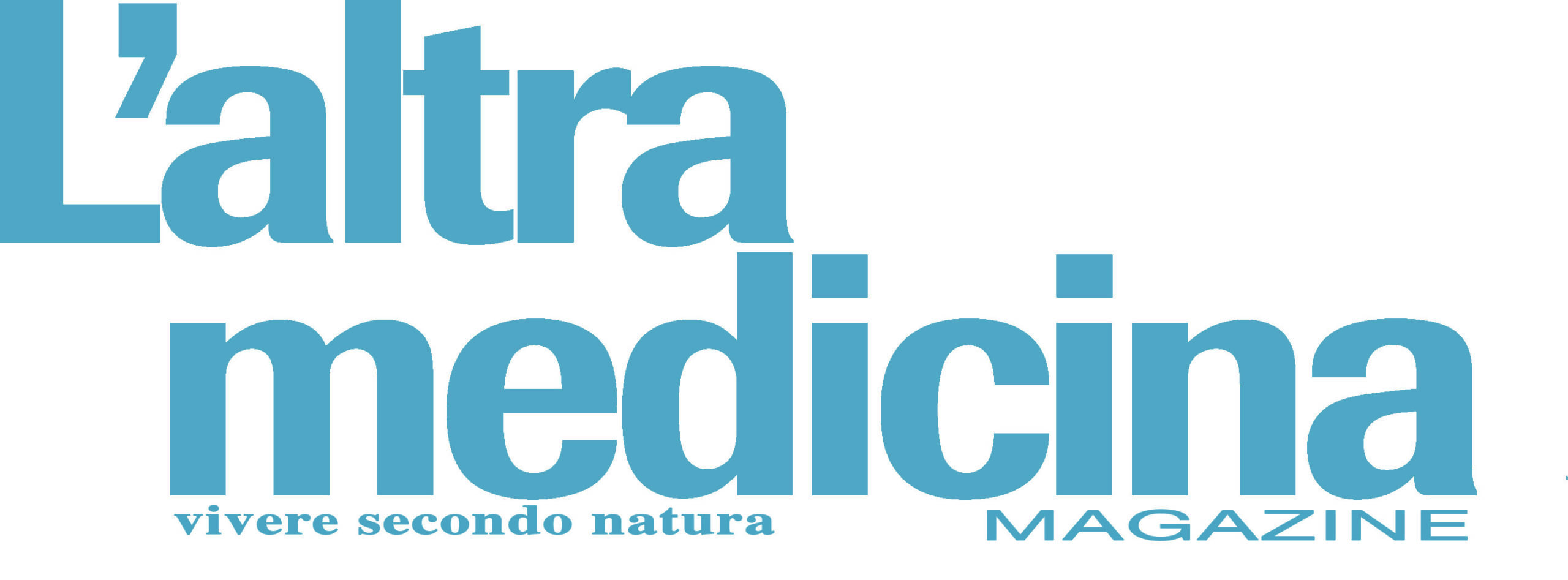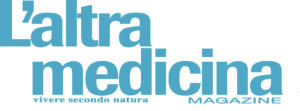Articolo L’altra medicina N. 120 – 11/2022
Bibliografia
(1) Graziottin A, Murina F. Vulvodinia: Strategie di diagnosi e cura. Springer-Verlag Italia 2011.
(2) Wesselmann U, Bonham A, Foster D. Vulvodynia: Current state of the biological science. Pain 2014 September.
(3) Hiroshi Fukui: Increased Intestinal Permeability and Decreased Barrier Function: Does It Really Influence the Risk of Inflammation? Inflamm Intest Dis. 2016 Oct.
(4) J. Philip Karl, Adrienne M. Hatch, Steven M. Arcidiacono, Sarah C. Pearce, Ida G. Pantoja-Feliciano, Laurel A. Doherty, and Jason W. Soares: Effects of Psychological, Environmental and Physical Stressors on the Gut Microbiota. Front Microbiol. 2018.
(5) M S Baggish 1, E H Sze, R Johnson Urinary oxalate excretion and its role in vulvar pain syndrome. Am J Obstet Gynecol 1997 Sep.
(6) Bernard L Harlow 1, Wei He, Ruby H N Nguyen Allergic reactions and risk of vulvodynia Ann Epidemiol 2009 Nov.
(7) Francesco Sesti, Talia Capozzolo, Adalgisa Pietropolli, Marco Collalti, Maria Rosa Bollea and Emilio Piccione. Dietary therapy: a new strategy for management of chronic pelvic pain. Nutrition Research Reviews, Volume 24 , Issue 1 , June 2011.
(8) Managing Chronic Pelvic Pain through Diet. Dietary Recommendations for CPP, v.3 Nov2015. BC Women’s Centre for Pelvic Pain & Endometriosis.
(9) Murina F, Graziottin A, Felice R, Gambini D. Alpha lipoic acid plus omega-3 fatty acids for vestibulodynia associated with painful bladder syndrome. J Obstet Gynaecol Can 2017.

